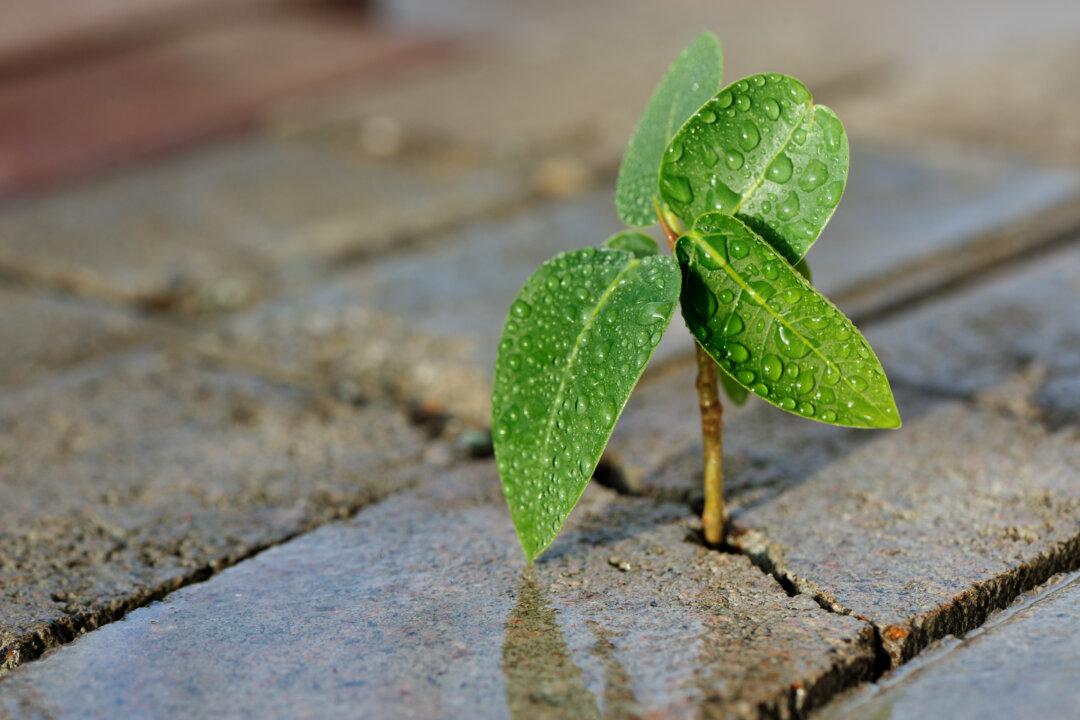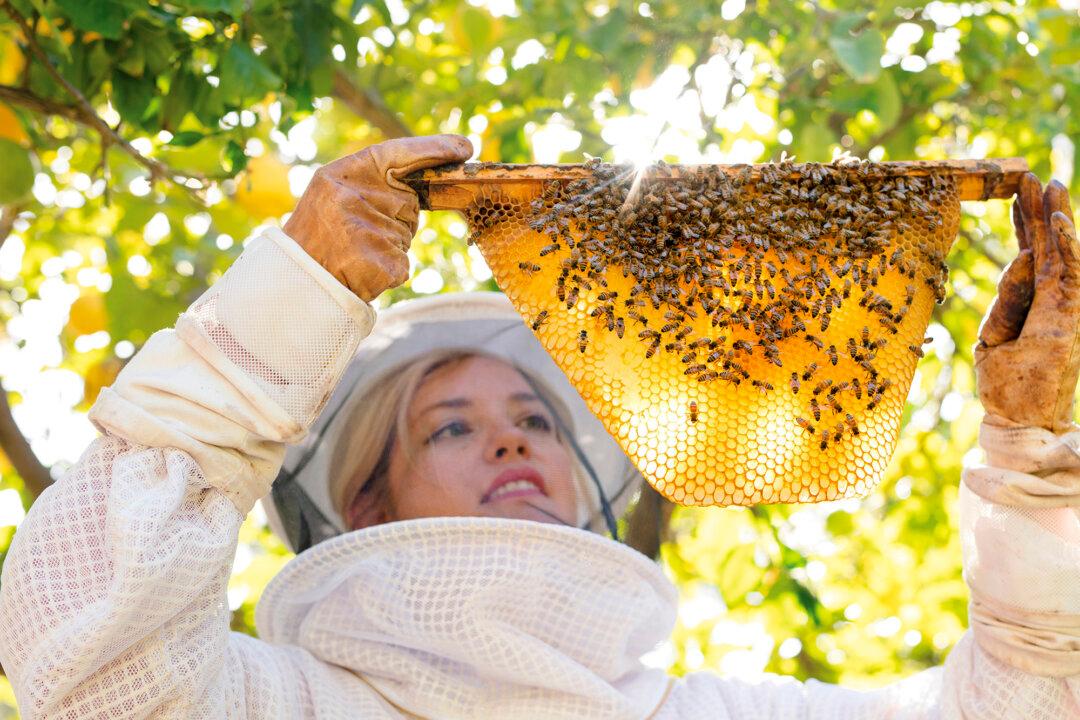No matter what life throws at you, there is always a way to improve your day, your life, and your world. The key, according to cognitive behavioral therapist Mary Alvord, is developing and building skills in resilience—the ability to adapt to and bounce back from life’s inevitable challenges.
“Everyone can build it; that’s the gift of resilience,” Ms. Alvord said. “You can do something to improve your circumstances. You’re not a helpless victim.”
Ms. Alvord has over 40 years’ experience in clinical practice focusing on resilience training within individual and group settings. She specializes in working with children and adolescents, helping them improve their emotional and behavioral self-regulation. In 2011, she co-authored the “Resilience Builder Program for Children and Adolescents,” and her nonprofit organization, Resilience Across Borders, works to bring resilience training into schools in the Washington, D.C., and Maryland areas.
Her most recent book, “The Action Mindset,” published in August 2023, is deliberately targeted at a wide, non-academic audience in the hopes that as many people as possible can access and learn to use resilience-building skills.
“There’s such a need right now, and I can help,” she said.
American Essence spoke with Ms. Alvord about why resilience is key to our well-being and the steps anyone can take to build it.
If you can’t control the bigger situation, is there something small you can do? For example, you need to move to another city and you really don’t want to. You can’t control it because maybe your spouse or parent is moving, but you can take action to get to know the community, learn a bit about what is there, visit it, etc.
Resilience is about taking small steps, breaking things down into doable pieces so you’re not overwhelmed. Rather than saying, ‘I’m a victim; I can’t do anything; I’m helpless,’ we say, ‘I can try. I can take small steps. I’ve done some of this before; I can do it again. I can get support for this; I don’t have to do it all by myself.’
People who are mentally more flexible are happier because they can think of different possibilities. They are often also able to view a challenge not as something awful but as an opportunity for change.
Happiness is knowing our strengths and talents and using them in ways that we feel can improve our lives and the lives of those around us, and maybe even the world! What little, little thing can I do? What kindness can I do—even if it’s unjamming the grocery cart for somebody? Just helping somebody out makes us feel good.
Resilience teaches a lot of those skills: How do you stabilize yourself, and how do you come up with plans?
I got involved in learning resilience literature because in the late 1980s, I started working with adopted children from Eastern Europe. Back then, the kids from Romania and Russia had many, many difficulties, not just emotional but also physical difficulties. I speak Russian because my parents were originally from Russia, and I got connected to the kids through a friend who worked in an adoption agency, and then the word spread that I spoke Russian.
I became interested. I always had an interest in why, in the same situation, do some people fare well and others don’t? I learned about resilience literature, which goes back several decades. People were talking about protective factors: What are the factors that protect people and build their resilience? It was a burgeoning field.
Another one is having a support team around you. After 9/11, we learned that people who did well seemed to have a network—they knew that people were there for them. The stress since the pandemic has escalated—suicide rates, depression, people feeling alone. One of the protective factors is making sure you have connections with other people.
Another is self-compassion. Learn relaxation strategies and get enough sleep! It’s a cycle: If we don’t sleep, we can’t stay calm, we don’t think clearly, and we make mistakes, then we get down on ourselves, we alienate people—and on and on and on. Calm the system down.
If you get really anxious and your muscles get tense and you get a headache, you can learn some relaxation techniques. If you practice them daily, it can help you become aware of what happens physically when you’re stressed emotionally, and then you can do protective muscle relaxation to get ahead of it so that you can function better.
I think, however, that most of the resilience skills can be taught or strengthened. We can all build muscles. You can do the same to build your emotional, behavioral, and resilience muscles.
Try This Resilience-Building Practice: The 3-Pronged Plan
When faced with a challenge or difficulty, Ms. Mary Alvord suggests making a three-step plan: Think of three things you can do to deal with the issue itself, with the social situation, and with your anxious thoughts.For example, take a teenager who wants to try out for a sport but is anxious about it. What can she do to help herself feel more in control?
To deal with the issue itself, she can watch some more of the sport to learn as much about it as possible before trying out.
To deal with the social situation, she can ask a friend to go with her to the try-outs, giving her a companion to cheer her on so that she does not feel alone or unsupported during the event.
To deal with her anxious thoughts, she can put them into perspective by mentally telling herself, “I can try my best, and what’s the worst thing that can happen? If I don’t make it, I’ll keep working on the skills.”
Try This Resilience-Building Practice: Break It Down and Delegate
Sometimes a big situation will come upon you very suddenly and leave you faced with innumerable tasks that seem overwhelming. It’s easy to become paralyzed.Instead, Ms. Alvord suggests two courses of action: make a list and assemble a team.
First, list out the tasks that need to be done immediately. Second, list tasks that need to be done soon, but that have a bit of flexibility in terms of their timing. Finally, list the things that can be set aside to do later. By breaking down a big challenge into small steps, you are making the situation more manageable.
Once you’ve identified your tasks and their priority, list who is available to help you with these tasks. Remember, you do not have to do this alone. There will always be friends, neighbors, family members, and people you can hire to take charge of specific jobs. Draw on your support system, delegating tasks to others to regain your sense of control and lift the burden of anxiety from your mind.







